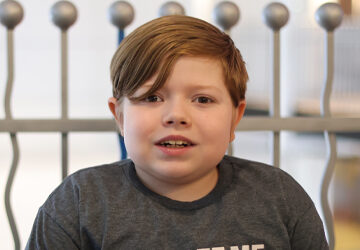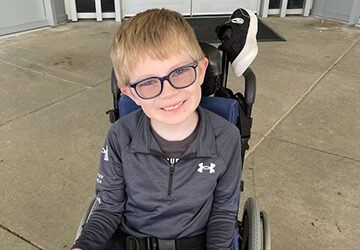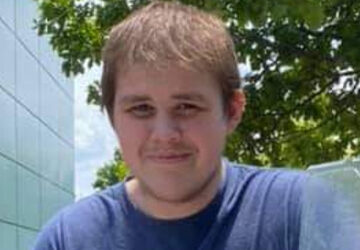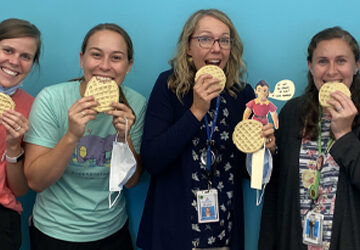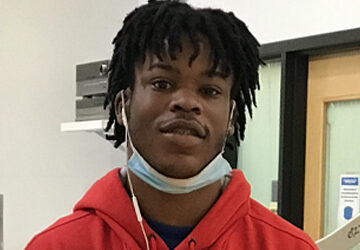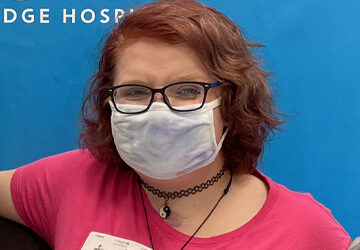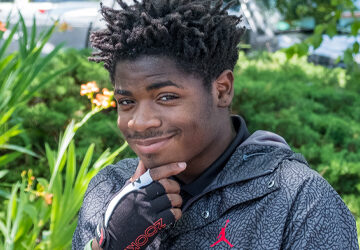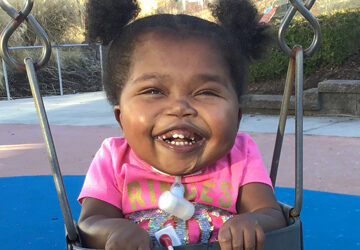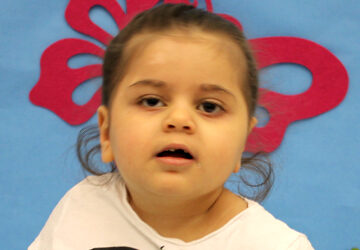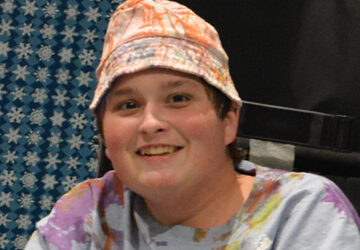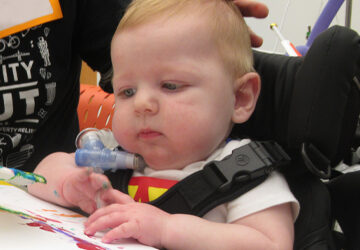Patient Stories
Featured Patient Videos
Their journeys experienced first hand
Hailey’s Story
Angelica’s Story
Kye’s Story
Molly’s Story
Teddy and Lisa’s Story
JR’s Story
Rae’s Story
Kohen’s Story
Patient Stories
Amazing things happen here everyday
Cooper
The Transformative Power of Intensive Therapy
When Cooper was diagnosed with Spinal Muscular Atrophy (SMA) just after his second birthday, his mother, Erika,…
Allie
From Wheelchair to Running
After winning state in cross country as a freshman in 2021, Allie’s life changed in an instant in June 2022…
Palmer
Battle Against GBS
Walking on the beach may not seem like a big accomplishment for a 7-year-old boy. But for Palmer, the achievement…
JR
Finding the Right Place for Healing
When an Illinois State Trooper knocked on his door, Jim Gray knew right away something serious had happened…
Lily
Finally Finding Help and Hope for Bowel Issues
Conquering bathroom issues can be life-changing. That’s what 5-year-old…
Jaeden
Driven to Walk Again
“On May 1st, I got shot.” On any given summer afternoon, you might have found Jaeden outside with…
Jailee
Coming Home for Healing
Sometimes, home is where the most healing happens. Thanks to intensive therapy and a child-focused…
Jeremiah
Can-Do Spirit Makes Teen Unstoppable
Jeremiah came to Ranken Jordan in June 2019 after suffering a spinal…
Lisa
The Surprising Face of Strength
Some of the most fragile patients often have the strongest spirits. Born with significant heart defects…
Youstiana
Rebuilding Hope One Hug at a Time
In January 2019, 2-year-old Youstiana and her family were in a tragic…
Tyler
The Healing Power of Fun, Music and Positivity
The word “fun” wasn’t on 16-year-old Tyler’s mind when he arrived…
Asher
Super and Mighty
Immediately after his birth, Asher was diagnosed with spinal muscular atrophy, or SMA. He has one…
Keep up with everything going on at Ranken Jordan.
“I still think about how Ranken Jordan changed my life.”
— Kiland Sampa, Inpatient Jul-Nov 2013, Outpatient Dec 2013-Dec 2014

